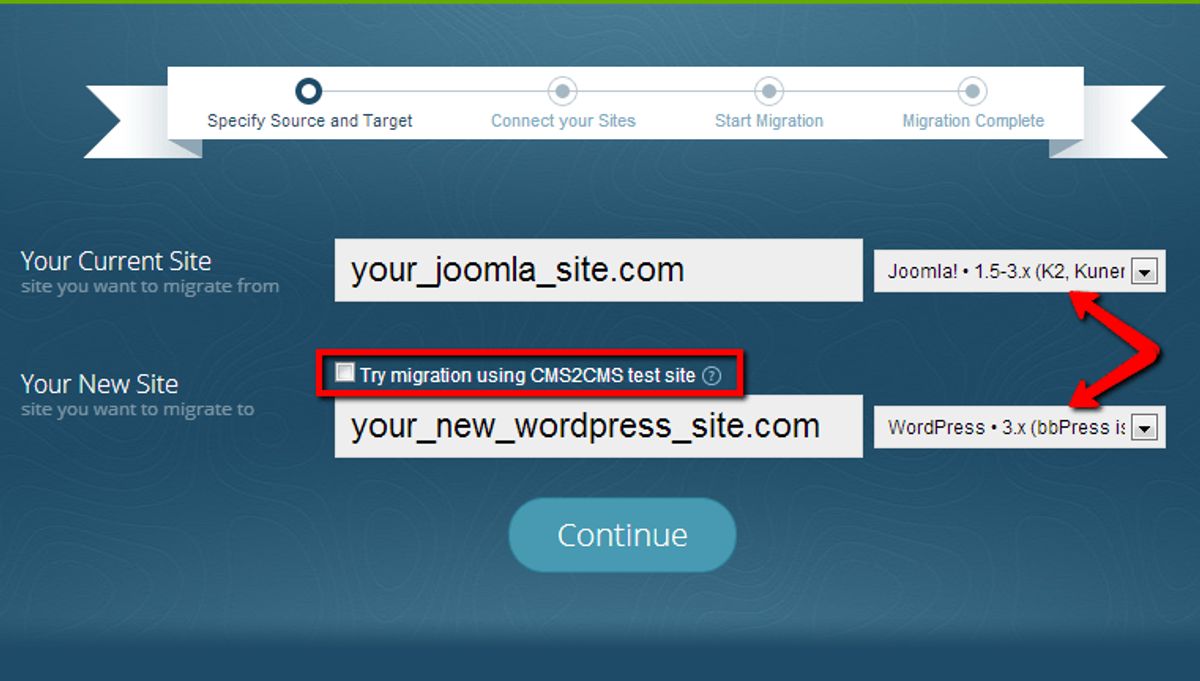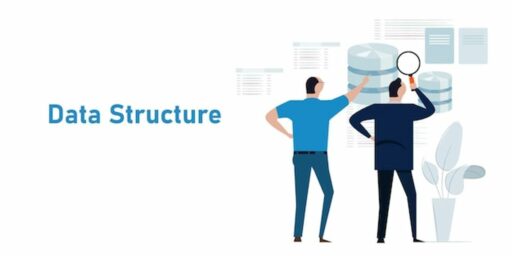Table of Contents
Data migration is a critical task for many organizations, involving the transfer of data from one storage system, database, or application to another. A seamless migration ensures minimal disruption to operations and maintains data integrity throughout the process. This article provides five essential tips to help ensure your data migration is smooth and successful.
Key Takeaways
- Careful data mapping and analysis are crucial for understanding the scope and structure of the data to be migrated.
- Implementing a robust data backup and recovery plan is essential to safeguard against data loss during migration.
- Selecting the right migration tools and techniques can significantly streamline the migration process.
- Planning ahead with a detailed migration strategy and contingency plans can minimize risks and downtime.
- Training your team on the new systems and migration procedures is vital for a smooth transition and ongoing operations.
1. Data Mapping and Analysis

Data mapping and analysis are foundational to the success of any data migration project. Identifying and understanding the data to be migrated is crucial for a seamless transition. This step ensures that all necessary data is accounted for and that it aligns with the structure and format of the new system. It also highlights any data quality issues that may need resolution prior to migration.
- Data analysis: Review the legacy system’s data for structure, quality, and relevance.
- Data preparation: Cleanse and standardize the data, addressing any inaccuracies or gaps.
- Data mapping: Define the relationships between source and target system data fields.
Ensuring that each piece of data is accurately mapped and prepared for the new environment is a pivotal aspect of the migration process.
Validation and testing follow the mapping and analysis phase. It’s imperative to conduct test migrations and validate the data within the new system to confirm accuracy and completeness. This step helps to mitigate risks of data loss or corruption, setting the stage for a successful migration.
2. Data Backup and Recovery

Ensuring the safety of your data during migration is paramount. Always back up your data before initiating the migration process to prevent any potential data loss. This backup should encompass not only the data itself but also any associated configuration settings and system files.
The backup plan should be comprehensive and include multiple backup locations. Here’s a simple checklist to follow:
- Confirm that all data sets are included in the backup
- Verify backup integrity and restore capabilities
- Establish clear backup and recovery procedures
- Designate primary and secondary backup locations
A robust backup and recovery strategy is your safety net against unforeseen complications during data migration.
Remember, the goal is not just to migrate data, but to do so while maintaining its integrity and availability. Consider the impact of the data center arrangement on gameplay or system performance, and choose recovery solutions that simplify the migration process, like Samsung’s data migration tool.
3. Migration Tools and Techniques

Selecting the right migration tools and techniques is a cornerstone of a successful data migration project. The choice of tool should align with the complexity, size, and type of data being migrated. For instance, some tools excel in handling large volumes of data efficiently, while others offer more flexibility for complex data structures.
- Phased Migration: Implement in stages to minimize risks and test progressively.
- Parallel Migration: Run old and new systems concurrently to ensure functionality.
- Hybrid Migration: Combine strategies, like phased and big bang, for efficiency.
It’s essential to not only choose the right tool but also to thoroughly test and validate the migration process. This ensures that the data integrity is maintained and that the new system functions as expected.
Remember, a migration tool that works well for one type of data or business may not be suitable for another. Careful analysis and planning will guide you to the best solution for your specific needs.
4. Plan Ahead

A successful data migration requires meticulous planning. Before you begin, develop a comprehensive project plan that outlines objectives, timelines, and milestones. This plan should address specific goals and include a timeline for each phase of the migration.
- Project plan development: Outline objectives and milestones, including specific goals and timelines.
- Stakeholder identification: Determine key stakeholders and their roles and responsibilities.
- Flexibility: Ensure the data repository is scalable and make plans that allow for technological changes.
- Pre-migration testing: Test the new system to identify potential issues before the actual migration.
Remember, starting early is crucial to navigate unforeseen obstacles and inevitable speed bumps smoothly. Involve all stakeholders from the beginning to ensure a unified approach and to avoid challenges that can arise from a lack of proper execution and guidance.
Prioritize flexibility in your planning. The data repository should be scalable to accommodate evolving data types and increasing volumes. By doing so, you make allowance for alterations in technology, which is essential for a seamless migration process.
5. Train Your Team

Ensuring that your team is well-prepared for the data migration process is as crucial as the technical aspects of the migration itself. Comprehensive training is key to a successful transition. Each team member should understand their role in the migration and be familiar with the new system’s functionalities.
Training should be tailored to the different roles within your team. For example, data analysts may need detailed training on data handling and validation, while IT staff might focus on the technical aspects of the migration. Here’s a simple breakdown of potential training focuses:
- Data Analysts: Data handling, validation, and analysis
- IT Staff: Technical migration details, system setup
- End Users: Navigation, basic functionalities
Ongoing support and resources are essential for continuous learning and adaptation. Make sure to provide documentation, online tutorials, and help desks to assist your team post-migration.
Remember, a successful data migration isn’t just about moving data from point A to B; it’s about ensuring that your team is confident and capable in using the new system. Address concerns proactively and provide ample opportunities for hands-on practice. This will minimize errors and foster a smooth transition.
Conclusion
In conclusion, data migration is a critical process that demands meticulous planning, robust backup strategies, and a deep understanding of the data and systems involved. By adhering to the essential tips outlined in this article, organizations can navigate the complexities of data migration with confidence. It’s imperative to plan ahead, map and analyze data, choose the right migration tools and techniques, back up data, and train your team effectively. Remember, a successful migration is not just about moving data from one place to another; it’s about ensuring the integrity, accessibility, and security of that data throughout the transition. With these best practices in mind, your organization can look forward to a seamless and efficient data migration experience.
Frequently Asked Questions
What is data mapping and analysis, and why is it important for data migration?
Data mapping and analysis involve creating a detailed inventory of the data being migrated, understanding its structure, format, and interdependencies. This step is crucial for ensuring that data is accurately transferred to the new system without loss or corruption.
How does a data backup and recovery plan support a seamless data migration?
A data backup and recovery plan ensures that in case of any issues during migration, such as data corruption or loss, there is a secure copy to restore from. This safety net minimizes downtime and protects against data loss.
What are some common migration tools and techniques used for data migration?
Common migration tools and techniques include ETL (Extract, Transform, Load) platforms, data replication software, and cloud-based migration services. These tools help automate the migration process and ensure data integrity.
Why is it important to plan ahead for data migration?
Planning ahead allows you to establish a clear migration timeline, allocate resources, and prepare for potential challenges. It helps in ensuring a smooth migration process with minimal disruptions to business operations.
How can training the team contribute to a seamless data migration?
Training your team ensures they are familiar with the new system and the migration process, which helps prevent errors and improves efficiency. A well-trained team can handle migration tasks effectively and troubleshoot issues promptly.
What are some best practices for ensuring a seamless data migration?
Best practices include thorough data mapping and analysis, implementing a robust backup and recovery plan, selecting appropriate migration tools, detailed planning, and comprehensive team training. These practices help mitigate risks and ensure a successful migration.





